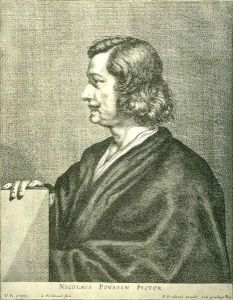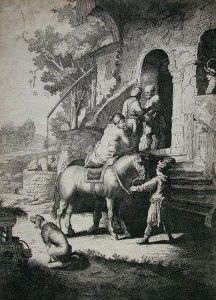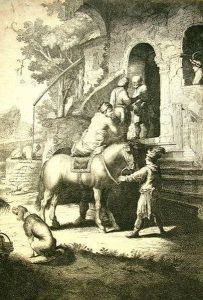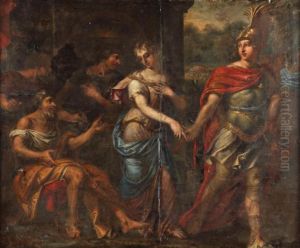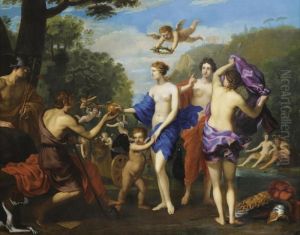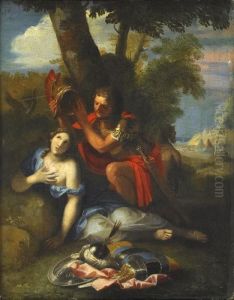Charles Errard II Paintings
Charles Errard the Younger was a French painter, draughtsman, architect and a printmaker, born in 1606 in Nantes. He played a significant role in the development of the French Academy in Rome and was one of the pioneers in the establishment of what would become the French Academy of Fine Arts (Académie des Beaux-Arts).
Errard received his early training in the studio of a local painter before moving to Paris, where he continued his studies and began to establish himself as an artist. His work initially focused on religious and mythological subjects, and he was influenced by the classical baroque style prevalent in France during the 17th century, particularly the works of Poussin and Vouet.
In 1648, he became a founding member of the French Royal Academy of Painting and Sculpture, which played a crucial role in regulating French art in the classical Baroque style. His reputation as a talented artist and an able administrator led to his appointment as the director of the French Academy in Rome in 1666, a position he held until 1684. This institution was critical in shaping the education of French artists who studied the works of the old masters in Italy and were exposed to the Italian Renaissance and Baroque styles.
Errard's own art is characterized by its classical composition, clarity, and balanced use of color. Besides his paintings, Errard was also known for his engravings, which helped disseminate the classical style throughout Europe. As an architect, he is noted for his work on the Château de Richelieu.
Throughout his career, Errard enjoyed the patronage of important figures including Cardinal Richelieu and Louis XIV. His role as an art administrator gave him significant influence over the artistic direction of France during his lifetime. Charles Errard died in Rome in 1689, leaving behind a legacy that would influence French art for generations to come.
